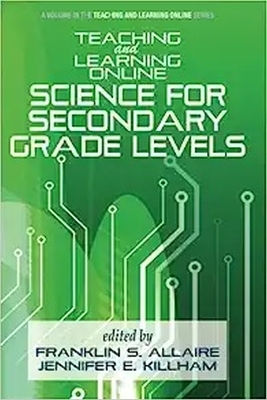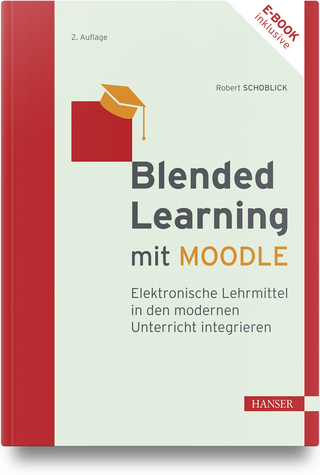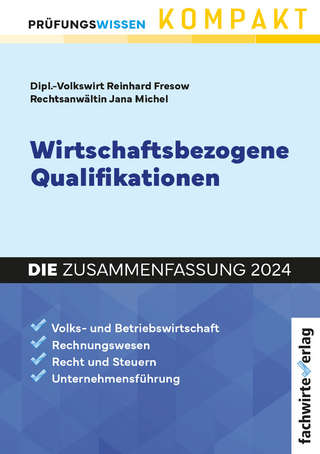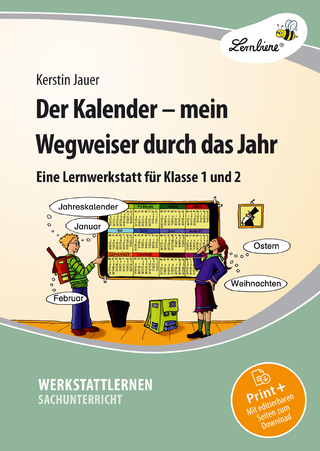
Teaching and Learning Online
Science for Secondary Grade Levels
Seiten
2023
Information Age Publishing (Verlag)
979-8-88730-127-3 (ISBN)
Information Age Publishing (Verlag)
979-8-88730-127-3 (ISBN)
- Titel nicht im Sortiment
- Artikel merken
Comprises three distinct sections: Frameworks, Teacher's Journeys, and Lesson Plans. Each section explores the current trends and the unique challenges facing secondary teachers and students when teaching and learning science in online environments.
Science is unique among the disciplines since it is inherently hands-on. However, the hands-on nature of science instruction also makes it uniquely challenging when teaching in virtual environments. How do we, as science teachers, deliver high-quality experiences to secondary students in an online environment that leads to age/grade-level appropriate science content knowledge and literacy, but also collaborative experiences in the inquiry process and the nature of science?
The expansion of online environments for education poses logistical and pedagogical challenges for early childhood and elementary science teachers and early learners. Despite digital media becoming more available and ubiquitous and increases in online spaces for teaching and learning (Killham et al., 2014; Wong et al., 2018), PreK-12 teachers consistently report feeling underprepared or overwhelmed by online learning environments (Molnar et al., 2021; Seaman et al., 2018). This is coupled with persistent challenges related to elementary teachers' lack of confidence and low science teaching self-efficacy (Brigido, Borrachero, Bermejo, & Mellado, 2013; Gunning & Mensah, 2011).
Teaching and Learning Online: Science for Secondary Grade Levels comprises three distinct sections: Frameworks, Teacher's Journeys, and Lesson Plans. Each section explores the current trends and the unique challenges facing secondary teachers and students when teaching and learning science in online environments. All three sections include alignment with Next Generation Science Standards, tips and advice from the authors, online resources, and discussion questions to foster individual reflection as well as small group/classwide discussion. Teacher's Journeys and Lesson Plan sections use the 5E model (Bybee et al., 2006; Duran & Duran, 2004). Ideal for undergraduate teacher candidates, graduate students, teacher educators, classroom teachers, parents, and administrators, this book addresses why and how teachers use online environments to teach science content and work with elementary students through a research-based foundation.
Science is unique among the disciplines since it is inherently hands-on. However, the hands-on nature of science instruction also makes it uniquely challenging when teaching in virtual environments. How do we, as science teachers, deliver high-quality experiences to secondary students in an online environment that leads to age/grade-level appropriate science content knowledge and literacy, but also collaborative experiences in the inquiry process and the nature of science?
The expansion of online environments for education poses logistical and pedagogical challenges for early childhood and elementary science teachers and early learners. Despite digital media becoming more available and ubiquitous and increases in online spaces for teaching and learning (Killham et al., 2014; Wong et al., 2018), PreK-12 teachers consistently report feeling underprepared or overwhelmed by online learning environments (Molnar et al., 2021; Seaman et al., 2018). This is coupled with persistent challenges related to elementary teachers' lack of confidence and low science teaching self-efficacy (Brigido, Borrachero, Bermejo, & Mellado, 2013; Gunning & Mensah, 2011).
Teaching and Learning Online: Science for Secondary Grade Levels comprises three distinct sections: Frameworks, Teacher's Journeys, and Lesson Plans. Each section explores the current trends and the unique challenges facing secondary teachers and students when teaching and learning science in online environments. All three sections include alignment with Next Generation Science Standards, tips and advice from the authors, online resources, and discussion questions to foster individual reflection as well as small group/classwide discussion. Teacher's Journeys and Lesson Plan sections use the 5E model (Bybee et al., 2006; Duran & Duran, 2004). Ideal for undergraduate teacher candidates, graduate students, teacher educators, classroom teachers, parents, and administrators, this book addresses why and how teachers use online environments to teach science content and work with elementary students through a research-based foundation.
| Erscheinungsdatum | 24.01.2023 |
|---|---|
| Reihe/Serie | Teaching and Learning Online |
| Verlagsort | Greenwich |
| Sprache | englisch |
| Maße | 156 x 234 mm |
| Gewicht | 282 g |
| Themenwelt | Schulbuch / Wörterbuch ► Unterrichtsvorbereitung ► Unterrichts-Handreichungen |
| Sozialwissenschaften ► Pädagogik ► Schulpädagogik / Sekundarstufe I+II | |
| ISBN-13 | 979-8-88730-127-3 / 9798887301273 |
| Zustand | Neuware |
| Haben Sie eine Frage zum Produkt? |
Mehr entdecken
aus dem Bereich
aus dem Bereich
elektronische Lehrmittel in den modernen Unterricht integrieren
Buch (2024)
Hanser, Carl (Verlag)
49,99 €
die Zusammenfassung
Buch | Softcover (2023)
Fachwirteverlag
24,80 €
eine Lernwerkstatt für Klasse 1 und 2
Buch (2023)
Lernbiene (Verlag)
25,90 €


